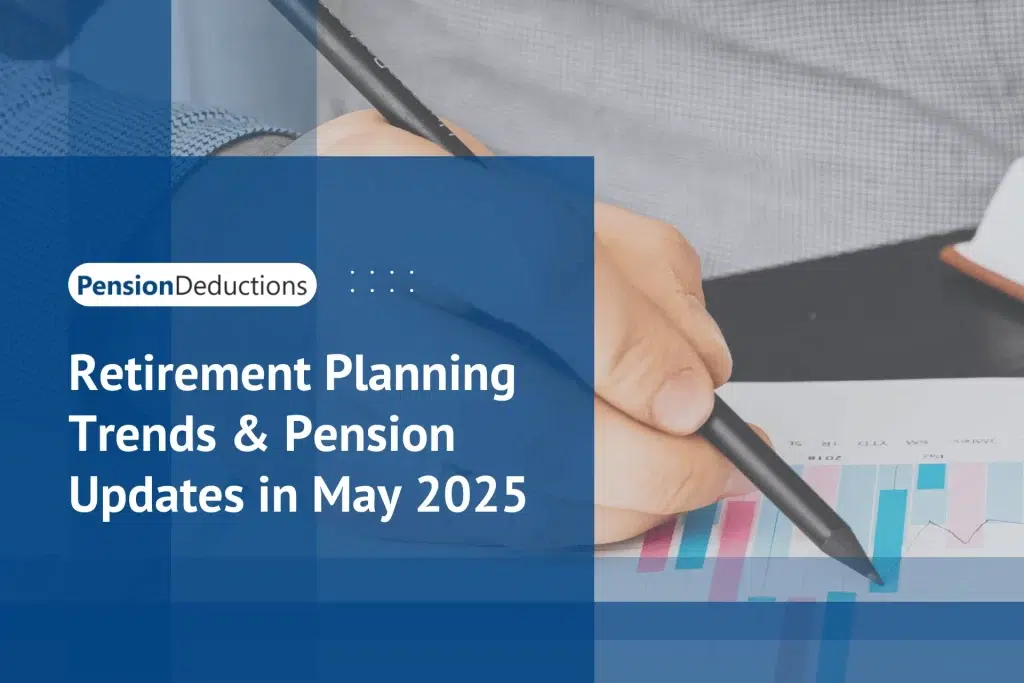Retirement is one of the most easy-going phases of life. You’ve just finished a long stint with a corporation, and now are looking forward to some quiet time, maybe settling down in the countryside with your loved one. Or you can decide to stay back in the city, open an investment portfolio and start active trading. Whatever you want to do, you need to have a plan. Whether you are self-employed or working in a company, you need a retirement plan for the self-employed or a pension plan in the US. So what are the best retirement plans? Read this article and find out.
This plan comes with more benefits and fewer restrictions than what big employers offer in a 401k. This is tailored to the business owner or self-employed person with no employees. You get a tax-deferred contribution. The annual contribution limit is based on inflation. For 2022, the maximum is $61000 and a $6500 catch-up contribution or 100% of earned income whichever is lesser. You get to decide your annual contribution. This plan comes with a chequebook control, allowing for 100% self-directed investing. Real-estate, gold, private businesses or cryptocurrencies -invest in whatever you want. You can borrow from your Solo 401k plan as well. You can immediately borrow up to either $50,000 or 50% of your account value. When you repay the loan, it goes back into your retirement account including paying yourself the interest on the loan. Those who work for an employer and also for themselves on the side can still open and contribute to a Solo 401k. You can collect the other employer’s matching contribution, and max out your tax-deferred savings with a Solo 401k. You don’t want to leave any free money. A Solo 401k also comes with sub-accounts so you have flexibility in how you save for retirement. The Roth Solo 401k is an important sub-account with which the earnings are 100% tax-free when you retire but you do have to pay taxes on the original contributions. Roth accounts are favoured by younger people who can grow those tax-free earnings for many years and by people who expect to retire wealthy. The Roth Solo 401k is free with the Solo 401k, you may contribute to either one at any time, depending on what is best compatible with your current tax situation.
Self Directed IRA (Traditional or Roth)
A self-directed individual retirement account (SDIRA) is another one of the retirement plans for self-employed people that could hold a variety of different investments that regular IRAs don’t allow. The account holders themselves manage the SDIRA. Like a Solo 401k, a SDIRA might be a tax-deferred IRA or a Roth IRA with tax-free earnings. The only disadvantage os the small contribution limit when compared to the Solo 401K. The maximum amount you can contribute to a SDIRA for 2022 is $6,000 if you’re younger than age 50. People 50 and older can add an extra $1,000 per year as a “catch-up” contribution, bringing the maximum IRA contribution to $7,000. Other limiting factors include rules like you are not allowed to borrow from your retirement funds. The Solo 401k has more investment-funding flexibility like borrowing non-recourse funds without triggering the Unrelated Debt Financed Income Rules (UDFI), or Unrelated Business Taxable Income (UBIT) tax. In most cases the Solo 401k provides greater creditor protection than an SDIRA. Among the retirement plans for the self-employed, with a SDIRA, you get control of your retirement account to make individual investment decisions.
SEP IRA for the self-employed
Also known as a Simplified Employee Pension IRA (SEP IRA), it is the ideal retirement plan for the self-employed, but suited for small-business owners who also have employees. Establish a SEP IRA and contribute for yourself, and your employees. A SEP IRA is like a “Group” traditional IRA. Contributions made are tax deductible and investments are tax-deferred until retirement, when distributions get taxed as income. The best part of a SEP IRA? It allows the same generous annual contributions as a Solo 401k, up to $ $61,000 in 2022 (no catch-up contribution for people 50 or older). With an SEO IRA, that contribution limit also applies to employees. Eligible employees are those who are older than 21, and have worked for you at least 3 of the past 5 years and had a minimum income of $600 from you in 2016 through 2020 or $650 in 2021. In 2022, you need to contribute for them. If you have pledged 20% of your compensation for yourself you also have to contribute 20% of what your employees earn. This doesn’t need constant monitoring like a 401k account. Employees own and control their individual accounts. There’s no Roth version, which implies that you forego the Roth Solo 401k flexibility of tax withdrawals upon retirement. However you do have the Solo 401k flexibility of not having to contribute each year, for yourself or for employees.
Simple IRA
Savings Incentive Match Plan for Employees or SIMPLE IRA is designed mostly for small businesses with less than 100 employees. A crossbreed between an IRA and a 401k, like the former it is simple to set up and administer and like the latter, it has more flexibility than other IRAs, but not as much as a Solo 401k which has higher contribution limits. There’s no roth version. Employers don’t like this plan because of mandatory annual employer contributions of either 3% of employee’s pay or contributions equal to 2% of the employee’s compensation, if the employee does not contribute. This applies to all employees who have a salary of at least $5000 in any prior 2 years and who are expected to earn $5000 in the current year. There’s no annual tax filing requirements, although annual plan details must be sent to employees. No loans may be taken from these accounts and the employer may not maintain any other type of retirement plan.
This is what resembles a pension or qualified-benefit plan. Both employers and employees follow a formula for calculating retirement benefits prior to reaching retirement age. The other plans for the self-employed get benefits based on investment earnings. Poor returns on investments made to a defined benefit plan can result in funding shortfall, and employers have to make up the difference. Pension is a term often used because a defined benefit plan pays benefits based on factors like salary history and employment tenure. If an employee passes away, a surviving spouse may be entitled to benefits. These are typically distributed as fixed-monthly payments like an annuity or in a single lump-sum payment. The employer or financial planner has to make investment decisions and manage these investments. The employer funds the plan by contributing a portion of the employee’s pay into a tax-deferred account. If the plan permits, employees may also give contributions.


